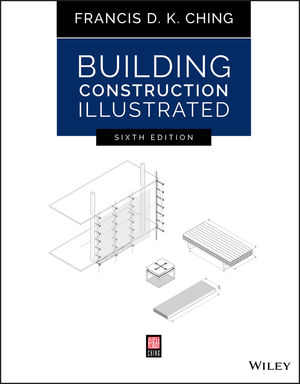Putting forth a stronger case this year than it did in 2005, the National Institute of Building Sciences recently published a report that bolsters its support of investments to mitigate the effects of four natural hazards. For example, society saves $6 for every dollar spent through federal grants funded to the private sector for damage reduction in the event of river flooding, storm surge, fire at the wildland-urban interface, and strong winds and earthquakes, says NIBS. In 2005, that benefit-to-cost ratio was 4:1.
NIBS also says society saves $4 for every dollar spent on exceeding certain provisions of the 2015 model codes for commercial and residential buildings, published by the International Code Council. But the highest benefits go to building tenants, not building developers, which is not a big incentive for developers to invest the extra dollars required for buildings to exceed the code, says NIBS.
NIBS recalculated the benefit-cost ratios in its “Natural Hazard Mitigation Saves: 2017 Interim Report,” released on Jan. 10 at its Building Innovation 2018 Conference and Expo. The conference, attended by nearly 300 people, was held on Jan. 8-11 in Washington, D.C.
The 344-page report is a sequel to a 2005 study by the same name. The new study, part of an ongoing $3-million NIBS initiative that began in October 2016, found that implementing the two mitigation strategies would have a long-term benefit of preventing roughly 600 deaths, one million nonfatal injuries and 4,000 cases of post-traumatic stress disorder.
Overall, calculating the benefit-cost figures was “not an easy task,” said Ryan M. Colker, director of the NIBS Consultative Council.
The study defines “cost” as the up-front construction and long-term maintenance cost to improve existing facilities or the additional up-front cost to build new ones to higher standards. The word “benefit” refers to the present value of the reduction in future losses that mitigation provides.
The report breaks down the benefit-cost ratio for each of the four hazards. The ratio for federally funded mitigation for river flooding, at 7:1, is the best, and earthquakes and fires, at 3:1, is the weakest. For wind, the ratio is 5:1.
For investments to beef up building codes beyond minimum requirements, the most benefit is for storm surge, at 7:1.
Texas, New York, New Jersey and parts of their abutting states get the most benefit from federal grants: $10 billion to $100 billion.
The report looked at 23 years of public-sector mitigation of buildings funded by the Federal Emergency Management Agency and other agencies. It did not take into account loss of continuity of schools, personal heirlooms lost, cultural losses, loss of pets, and other nonquantifiable and nonmeasurable losses, says Keith A. Porter, the study’s principal investigator and a research professor in the department of civil, environmental and architectural engineering at the University of Colorado, Boulder.
To date, NIBS has raised $2 million of the $3-million total needed to complete the study. FEMA is the main sponsor out of seven. The report is available at nibs.org/page/mitigationsaves.
One issue is that one-third of communities have not yet adopted model building codes that contain provisions for disaster resilience, says NIBS. This year, the team will look at the benefit-cost ratio of adoption. In the future, the team will examine benefit-cost ratios for improving water and energy infrastructure to better withstand natural hazards.






